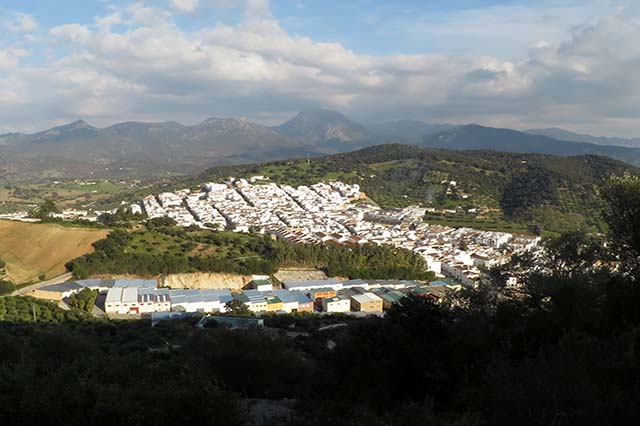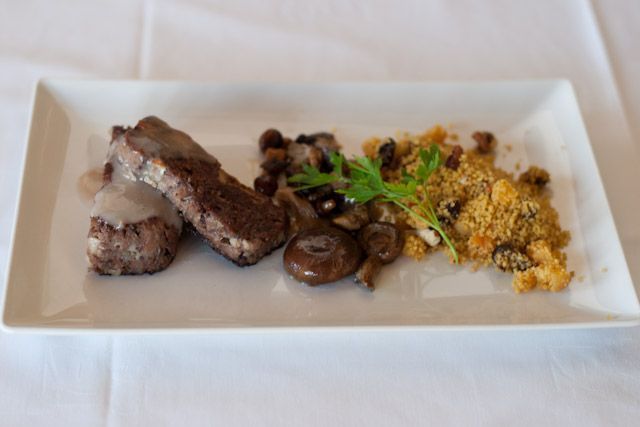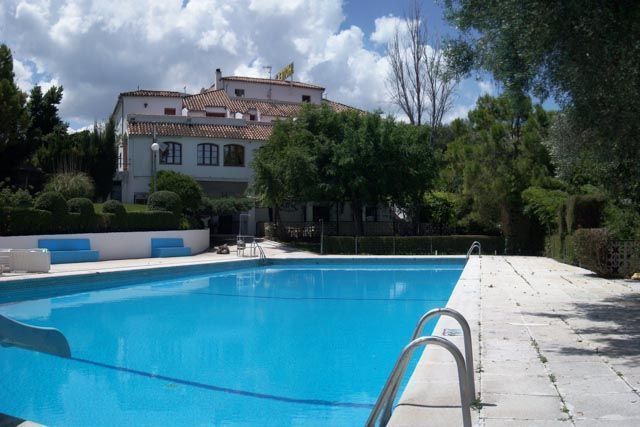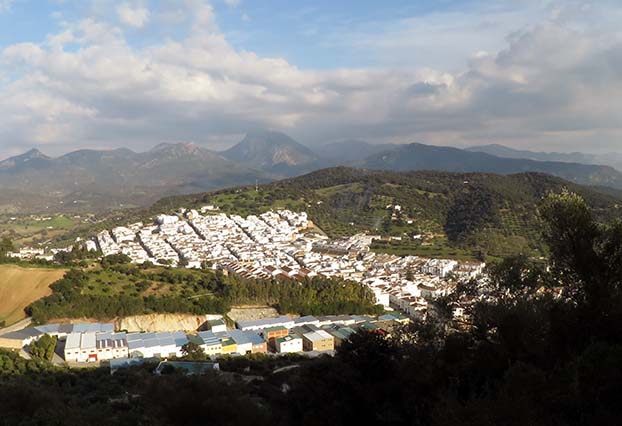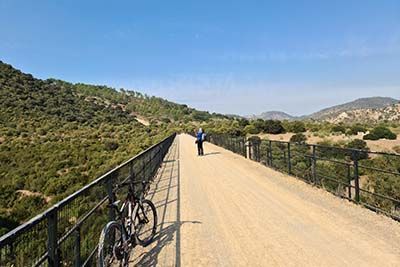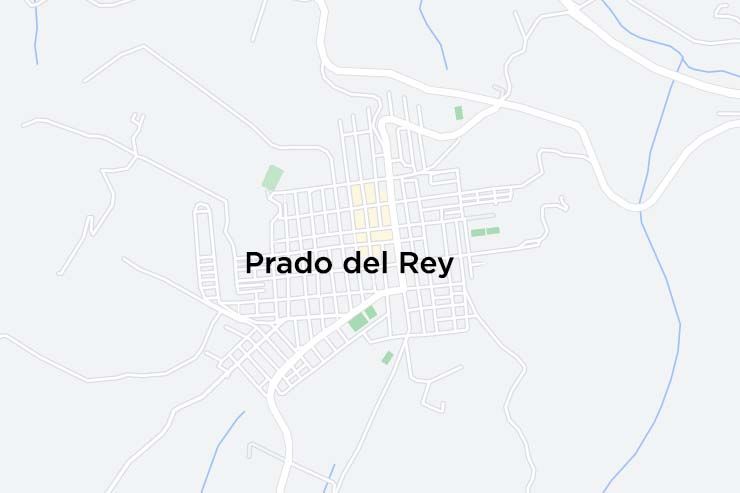
Travel guide to Prado del Rey
Here you have our Travel Guide to Prado del Rey with all the tourist information and the best travel tips. Find the best restaurants and accommodation in Prado del Rey. Discover its nature, activities, routes, monuments, cultural visits and much more.
Our travel guide to Prado del Rey
Prado del Rey, the garden of the Sierra de Cádiz, is a beautiful town that is part of the Route of the White Villages. With Roman roots, it stands out for its artisanal leather goods industry, today constituting its main factor of production. In this Travel Guide to Prado del Rey you can find all the activities and the best travel tips for your trip.
Prado del Rey sinks its roots in the Roman city of Iptuci, an archaeological site of great interest declared of Cultural Interest. The existence of human settlements in this area has been confirmed from the Neolithic to the fifteenth century. Its era of greatest splendour was the Roman one, especially the first and second centuries A.D. Even so, the Phoenicians already exploited the salt mines in their surroundings, near the Cabeza de Hortales.
In its urban planning, similar to the model adopted in the American colonies, the linear planning of its streets is surprising. Perfectly drawn and parallel to each other, oriented from north to south and from east to west and bypassing the orographic slopes that characterise a town located between small hills.
Its most prominent monuments are the Church of Nuestra Señora del Carmen and the old Pósito de Labradores, whose structure remains intact.
Main Activities: Nature, Crafts, Culture.
Source of content: Texts and Photos: TUDESTINO.TRAVEL
Our travel guide to Prado del Rey
Prado del Rey, the garden of the Sierra de Cádiz, is a beautiful town that is part of the Route of the White Villages. With Roman roots, it stands out for its artisanal leather goods industry, today constituting its main factor of production. In this Travel Guide to Prado del Rey you can find all the activities and the best travel tips for your trip.
Prado del Rey sinks its roots in the Roman city of Iptuci, an archaeological site of great interest declared of Cultural Interest. The existence of human settlements in this area has been confirmed from the Neolithic to the fifteenth century. Its era of greatest splendour was the Roman one, especially the first and second centuries A.D. Even so, the Phoenicians already exploited the salt mines in their surroundings, near the Cabeza de Hortales.
In its urban planning, similar to the model adopted in the American colonies, the linear planning of its streets is surprising. Perfectly drawn and parallel to each other, oriented from north to south and from east to west and bypassing the orographic slopes that characterise a town located between small hills.
Its most prominent monuments are the Church of Nuestra Señora del Carmen and the old Pósito de Labradores, whose structure remains intact.
Main Activities: Nature, Crafts, Culture.
Source of content: Texts and Photos: TUDESTINO.TRAVEL
Find everything you can do in Prado del Rey
The best Food in Prado del Rey
Food in Prado del Rey, Spain. Find the best places where to eat in Prado del Rey: Restaurants, bars, ventas and traditional places for lunch or dinner in Prado del Rey. Best places to eat in Prado del Rey, Spain. Quality recommendations, with good service and good food.
The best Accommodation in Prado del Rey
Accommodation in Prado del Rey, Cadiz. Information about Hotels, Hostels, Houses, Apartments, Camping, Rural Houses, cheap accommodation, etc.
The best Things to do in Prado del Rey
All the information you need about what to do in Prado del Rey and the outskirts. Find out with TUDESTINO all the activities you can do in Prado del Rey and the places to visit with our best recommendations. The only specialised website in the Province of Cádiz.
What to See in Prado del Rey
Find out what to see in Prado del Rey and the outskirts. All the information on the best places to see in Prado del Rey and the most popular places to visit with the best recommendations. The only specialised website in the Province of Cádiz.
The best Active Tourism activities in Prado del Rey
Discover our Active Tourism Guide in Prado del Rey. Discover the great variety of active sports, activities, courses, routes (and much more!) that you can do in Prado del Rey.
TUDESTINO NEWSLETTER
Receive our latest news and articles directly by Mail
Cookies Policy Settings Accept all




